The world’s coastlines are undergoing dramatic transformations as global sea levels
continue to rise at an unprecedented rate. Once-familiar beaches are being
reshaped by these changing conditions, creating new landscapes and challenges for
coastal communities.
From iconic tourist destinations to remote shorelines, these twenty beaches serve as
vivid examples of how our coastal environments are adapting to climate change.
Their stories offer important lessons about resilience, adaptation, and the urgent
need for coastal conservation efforts.
Tuvalu’s Funafuti Atoll, Pacific Ocean
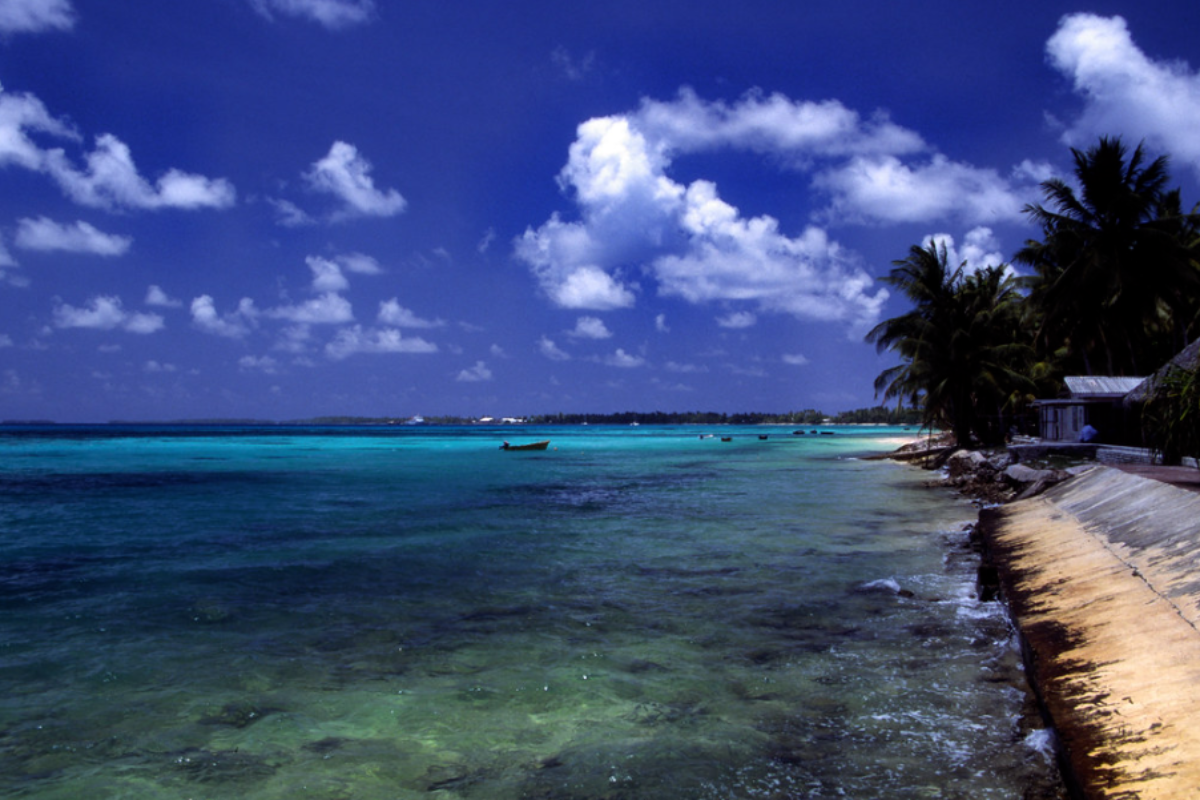
The main atoll of Tuvalu has become a powerful symbol of rising sea levels in the
Pacific. Once-stable beaches now regularly disappear during king tides, while
saltwater intrusion threatens the island’s freshwater resources.
Local communities have implemented innovative coastal protection measures, including natural barrier restoration and elevated walkways. The government has launched several initiatives to document these changes, creating a living laboratory for understanding how low- lying islands respond to sea level rise.
Miami Beach, Florida, USA
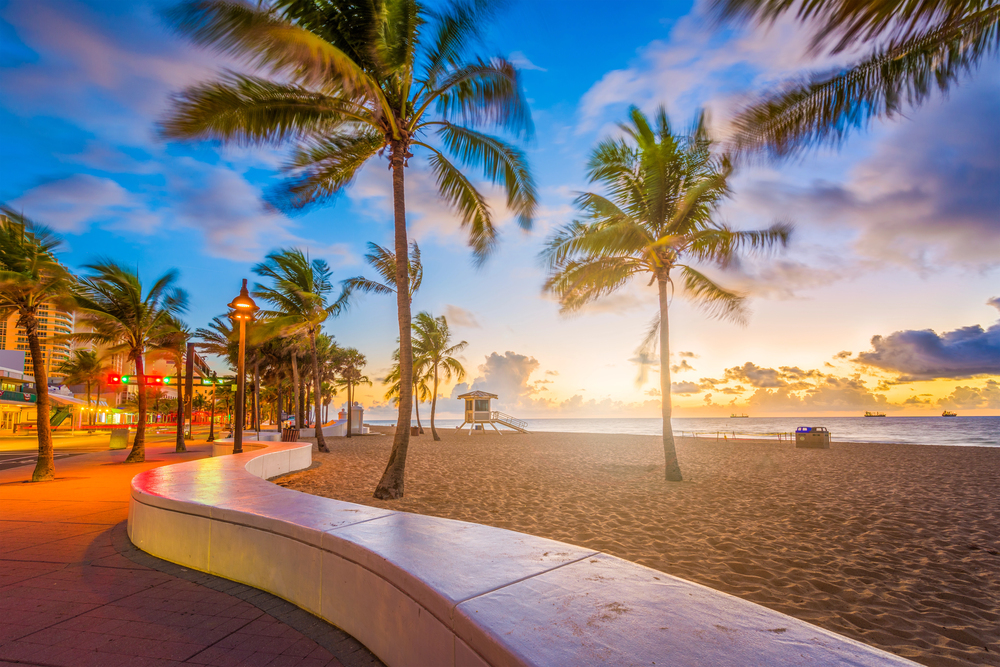
This iconic stretch of coastline has undergone extensive modifications to combat
rising seas. The city has invested millions in raising roads and installing pump
stations to manage increasing flood events.
Beach renourishment projects continuously add new sand to maintain the shoreline’s width, while innovative dune systems help protect coastal infrastructure. You can still enjoy the beach’s famous art deco atmosphere, but now with added elevation and improved drainage systems.
Like Travel Pug’s content? Follow us on MSN.
Tangier Island, Chesapeake Bay, USA
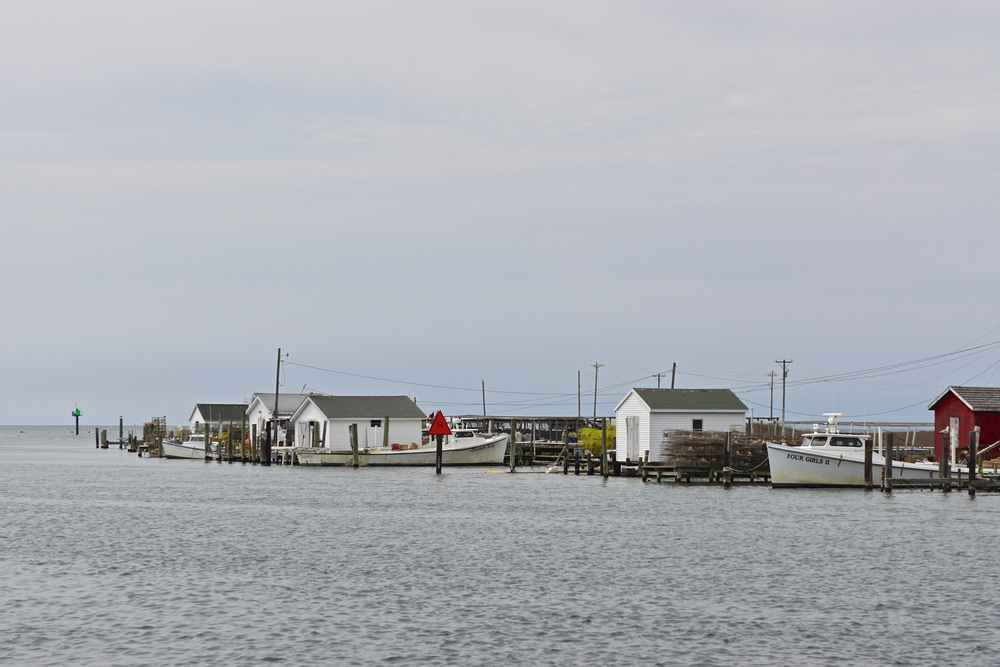
This historic fishing community’s beaches are literally disappearing beneath the
waves, losing up to 16 feet of shoreline annually. The island’s unique culture and
dialect, unchanged since colonial times, face an uncertain future as rising waters
reshape its coast.
Local watermen continue their centuries-old crabbing traditions while adapting to the changing environment. The community has become an important case study in coastal adaptation and cultural preservation.
Male, Maldives
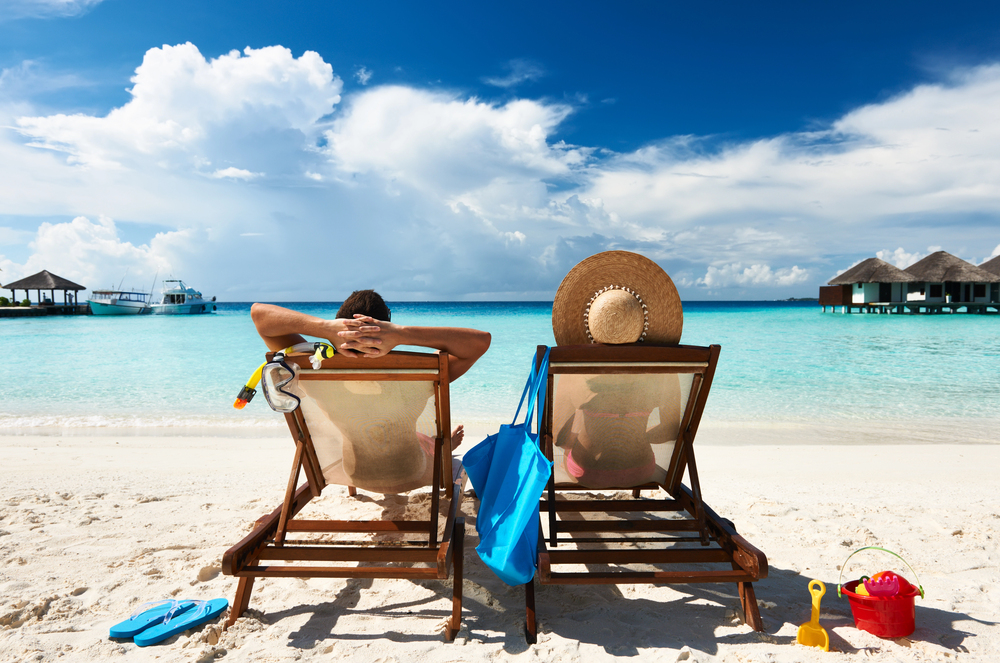
The capital city’s artificial beaches showcase both the vulnerability and resilience of
engineered coastlines. Advanced sea walls and carefully planned beach
nourishment programs help protect this densely populated island.
The government has implemented innovative floating architecture solutions and created new artificial islands like Hulhumale to address rising seas. You can observe these adaptation measures while still enjoying the pristine waters that made the Maldives famous.
Kiribati’s Tarawa Atoll, Pacific Ocean
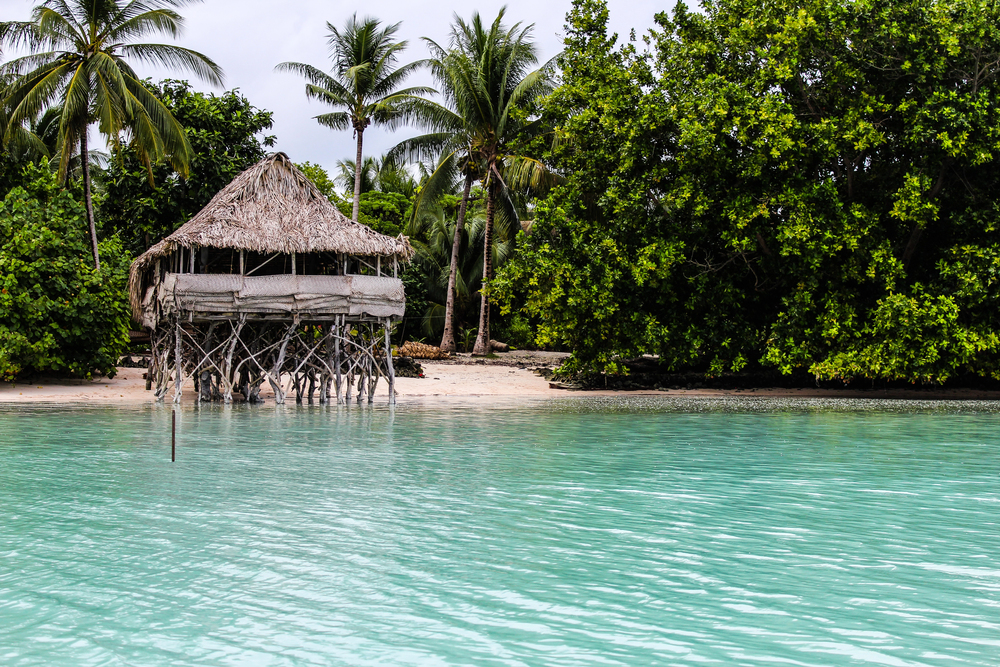
This coral atoll nation demonstrates how rising seas affect both beach morphology
and groundwater resources. Traditional coastal management practices are being
combined with modern engineering solutions to protect vulnerable shorelines.
The government has purchased land in Fiji as a potential future home for its citizens
while working to preserve current beaches. Local communities continue to adapt
their traditional lifestyle to these changing conditions.
Like Travel Pug’s content? Follow us on MSN.
Venice Beach, California, USA
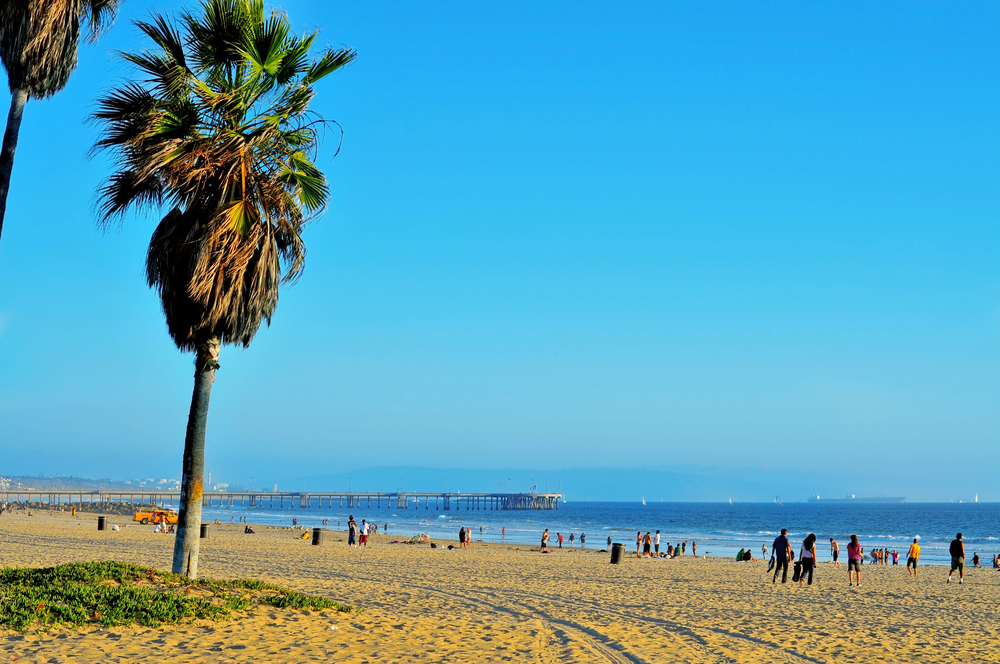
This famous beach has experienced significant changes due to sea level rise and
coastal erosion. The iconic boardwalk now features elevated sections and improved
drainage systems to handle increasing flood events.
Local authorities have implemented innovative sand management programs to maintain the beach’s width. The area serves as a testing ground for various coastal protection strategies while maintaining its vibrant cultural atmosphere.
Majuro Atoll, Marshall Islands
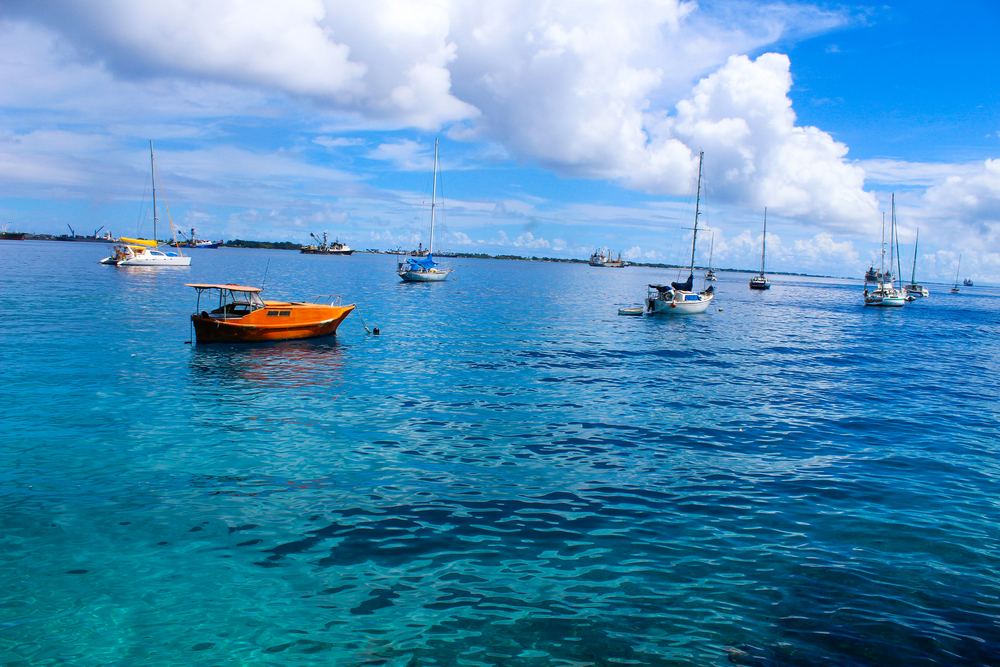
The capital atoll of the Marshall Islands showcases both natural and engineered
responses to rising seas. Traditional knowledge about wave patterns and reef
protection is being integrated with modern coastal defense systems.
The local community has developed innovative methods for growing taro in increasingly saline conditions. You can witness these adaptation efforts while exploring the atoll’s
transformed coastline.
Isle de Jean Charles, Louisiana, USA
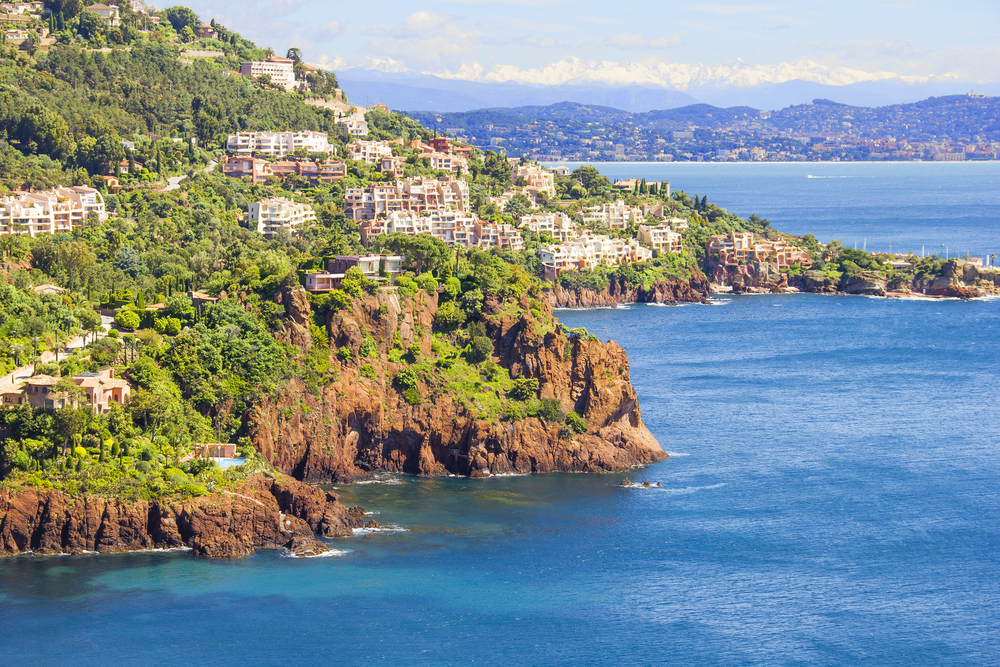
This narrow strip of land has lost 98% of its surface area since 1955, forcing the
relocation of its native communities. The remaining beach areas demonstrate the
complex interaction between subsidence, sea level rise, and coastal erosion.
The island’s story has become a powerful example of climate migration and community resilience. Traditional fishing practices continue even as the landscape transforms
dramatically.
Like Travel Pug’s content? Follow us on MSN.
Byron Bay, Australia
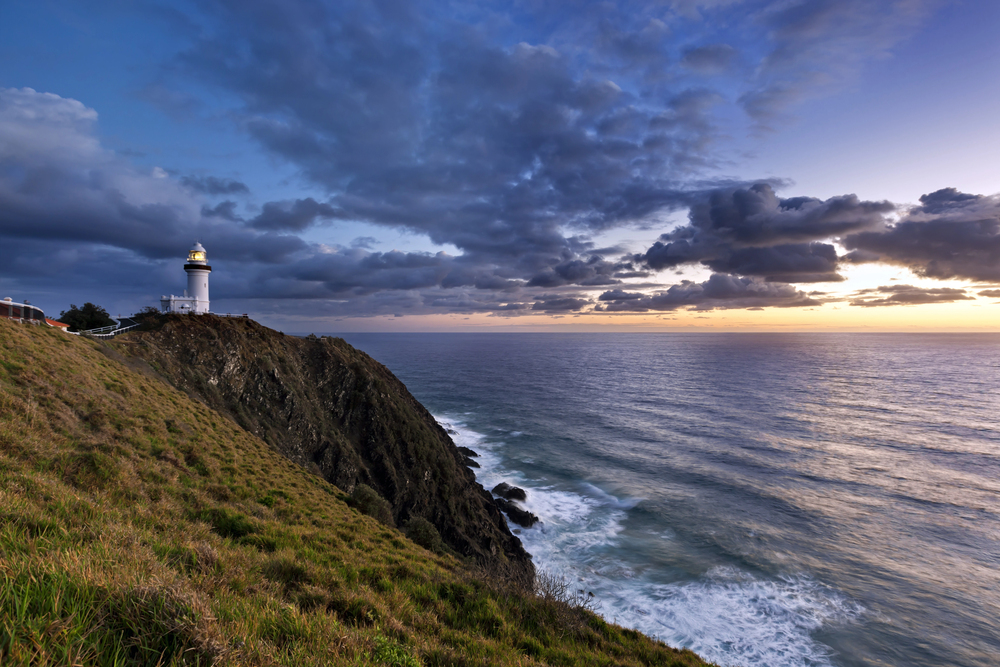
This popular beach destination has experienced significant erosion and coastal
retreat in recent years. Local authorities have implemented a ‘planned retreat’
strategy, gradually moving infrastructure away from the eroding coastline.
The community has developed innovative ways to maintain beach access while allowing
natural processes to occur. You can observe both the challenges and solutions as
this famous surf spot adapts to changing conditions.
Vaavu Atoll, Maldives
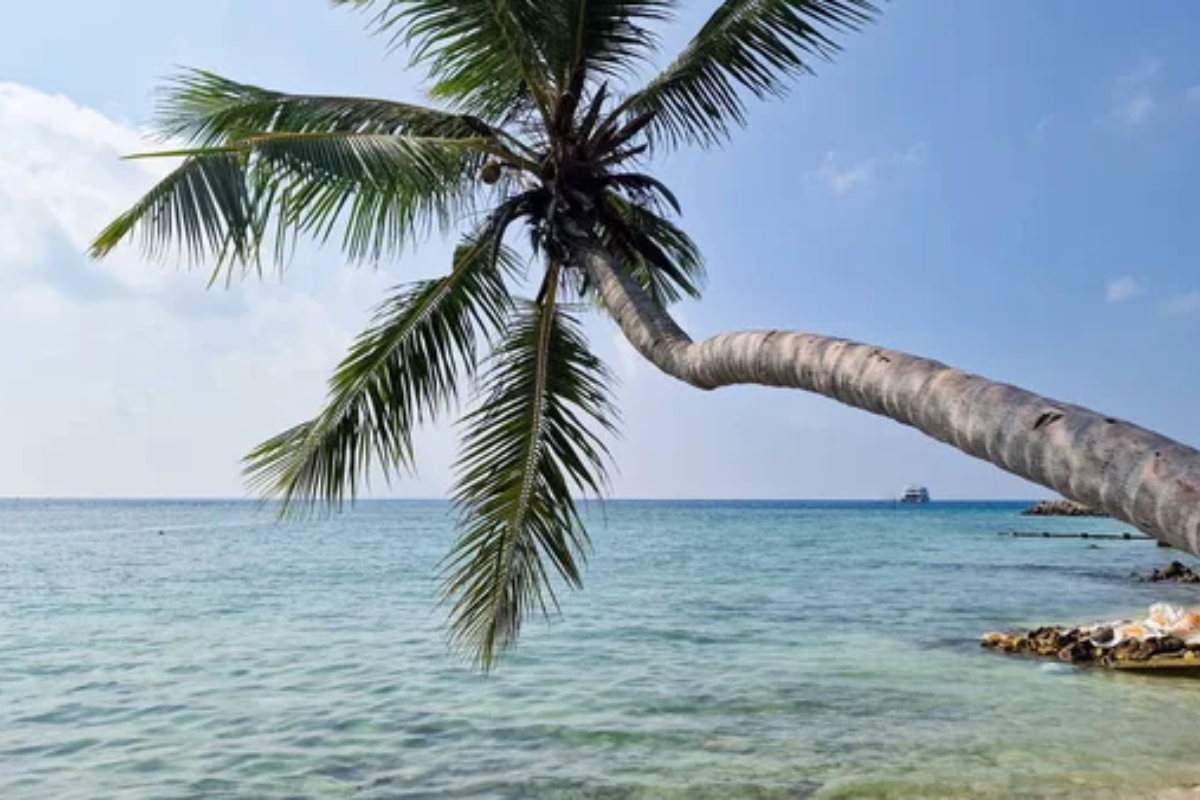
This outer atoll demonstrates how natural reef systems respond to rising sea levels.
Local communities have developed creative methods for maintaining traditional
fishing grounds as beach configurations change. The government has implemented
coral gardening programs to strengthen natural coastal defenses.
Visitors can witness both the challenges and innovative solutions being developed in this dynamic environment.
Shishmaref, Alaska, USA
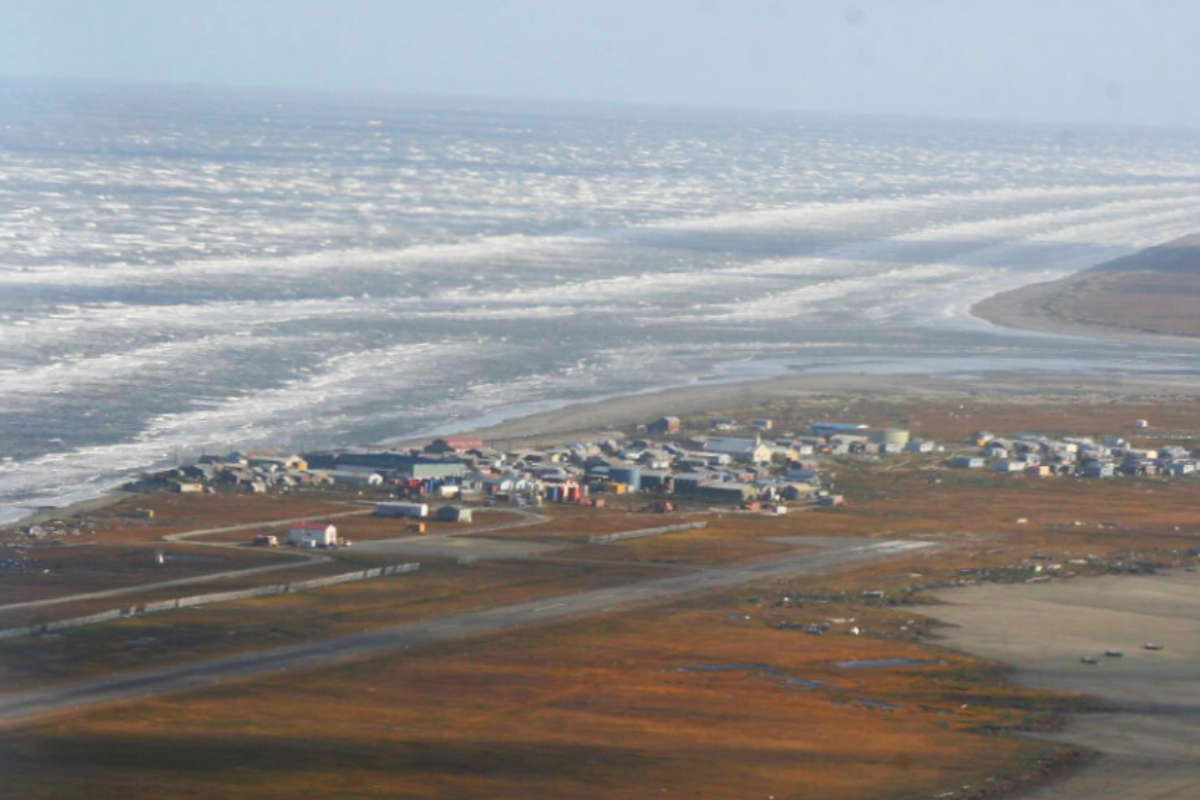
This remote Inupiat community’s beaches are eroding at an alarming rate due to
rising seas and thawing permafrost. Traditional hunting and fishing practices have
been adapted to account for changing coastlines and ice conditions.
The village has voted to relocate inland while maintaining cultural connections to their ancestral shores. You can observe both traditional knowledge and modern adaptation
strategies at work in this Arctic environment.
Like Travel Pug’s content? Follow us on MSN.
Dungeness, United Kingdom
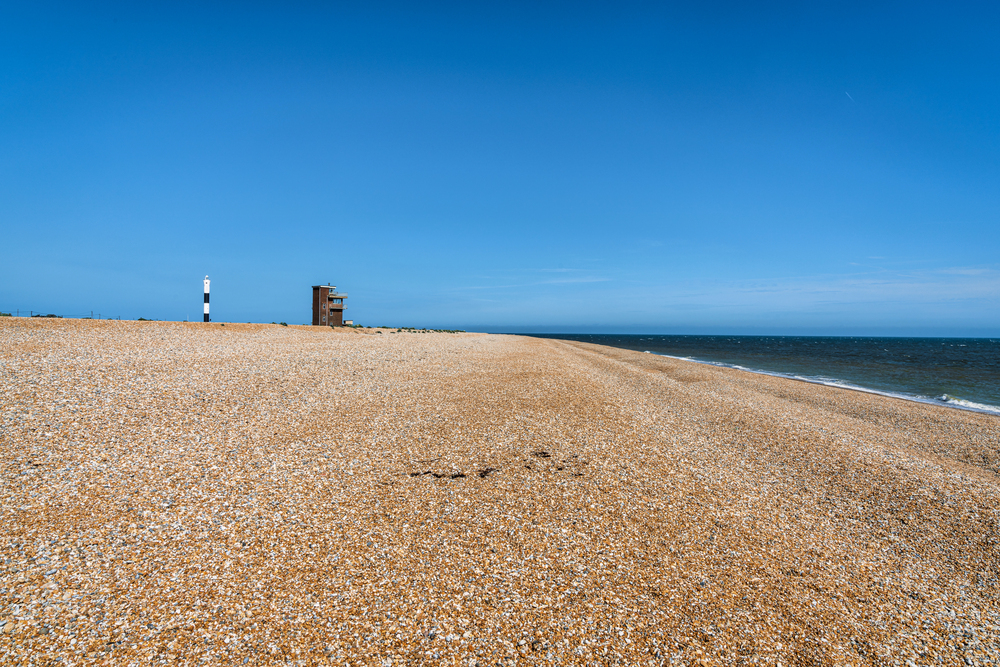
This unique shingle beach system shows how rising seas affect different types of
coastal environments. The famous lighthouse has been moved multiple times as the
coastline evolves.
Local fishing communities continue to adapt their practices as beach profiles change. The area serves as an important case study in managing retreats while preserving cultural heritage.
Fiji’s Vunidogoloa Village
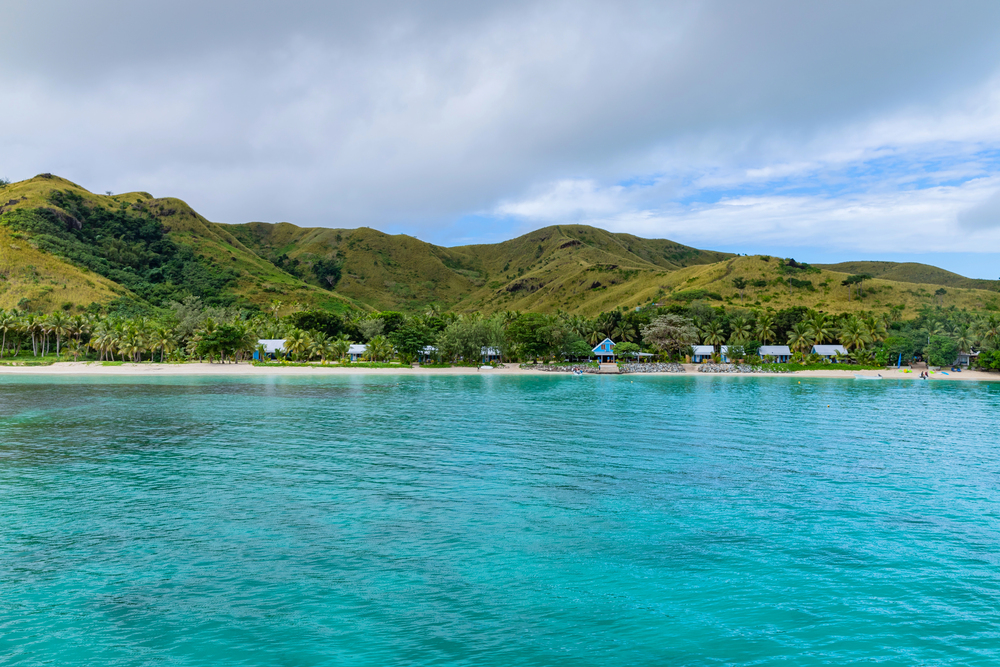
This coastal community became one of the first to relocate entirely due to rising seas
and erosion. The former beach area now serves as a living laboratory for studying coastal change and adaptation.
Traditional ceremonies and customs have been modified to accommodate the new reality. The village’s experience provides valuable lessons about community-led climate adaptation.
East Coast Park, Singapore
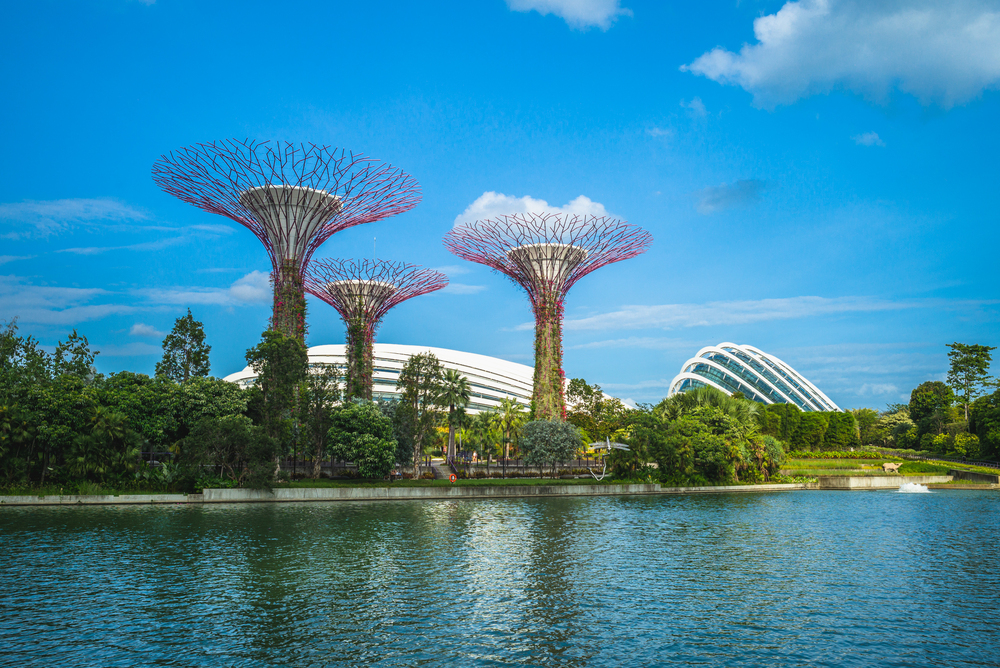
This entirely artificial beach demonstrates how engineered coastlines respond to
rising seas. The government has implemented innovative solutions, including floating
structures and expandable sea walls.
Careful monitoring and regular maintenance help preserve this popular recreational space. You can observe both the challenges and solutions of maintaining artificial beaches in a changing climate.
Like Travel Pug’s content? Follow us on MSN.
Ghoramara Island, India
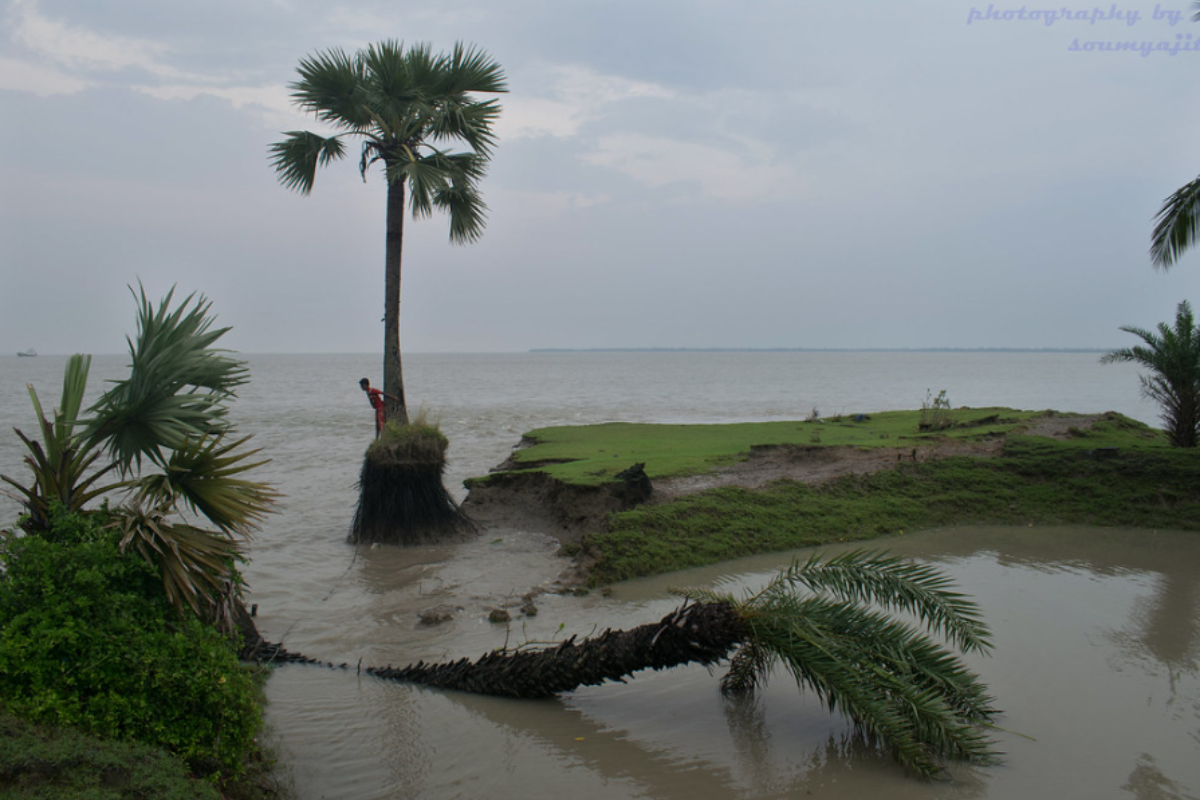
This shrinking island in the Sundarbans has lost significant beach area to rising seas
and erosion. Traditional farming practices have been adapted to deal with
increasingly saline soils.
The remaining community demonstrates remarkable resilience in adapting to their changing environment. Local knowledge about mangrove protection has become increasingly valuable for coastal defense.
Ilha do Amor, Brazil
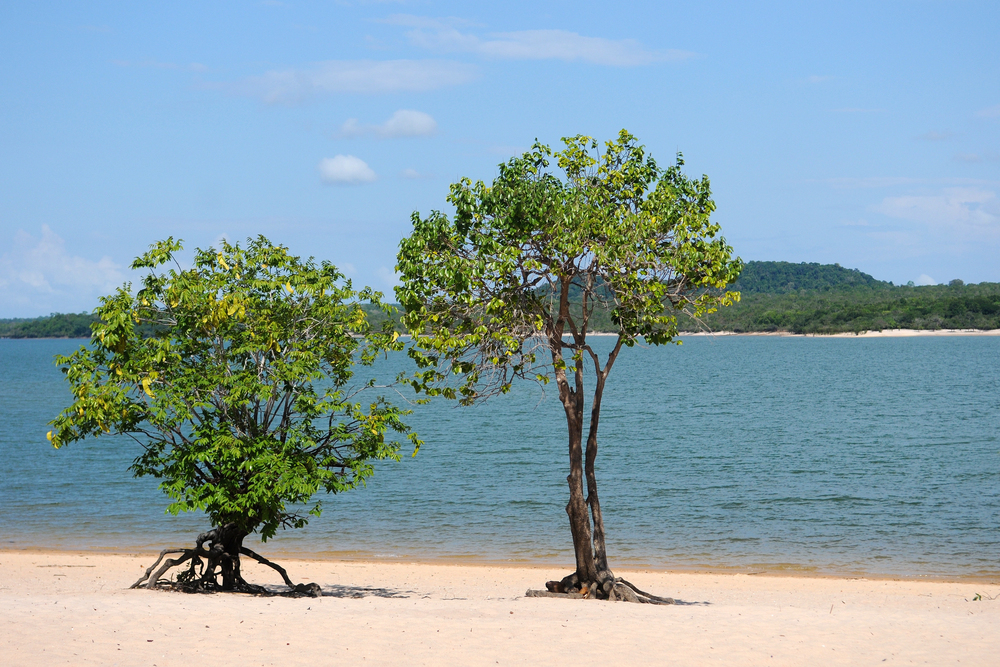
This ‘Island of Love’ shows how dynamic beach systems respond to changing sea
levels. Local communities have developed innovative floating gardens to maintain
food security.
Traditional fishing practices continue to evolve as coastal configurations change. The island serves as an important example of community- based adaptation strategies.
Lanai’s Hulopoe Beach, Hawaii
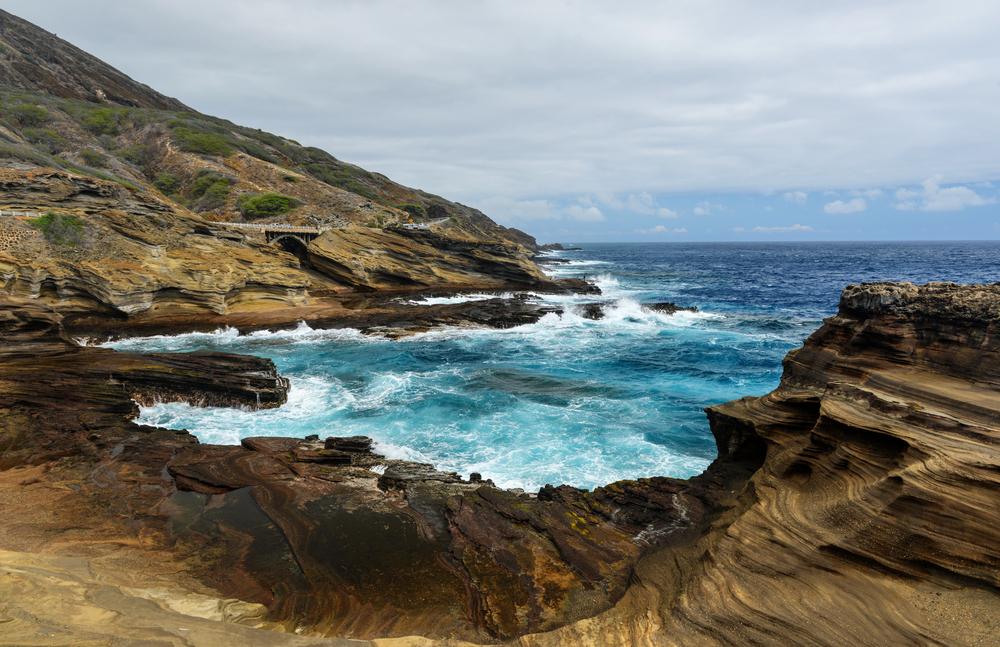
This famous beach park demonstrates how rising seas affect both tourism and local
communities. Traditional Hawaiian knowledge about coastal processes informs
modern management strategies.
The beach has become an important site for studying coral reef responses to climate change. You can observe both natural and human adaptation processes while enjoying this iconic location.
Like Travel Pug’s content? Follow us on MSN.
The Outer Banks, North Carolina, USA
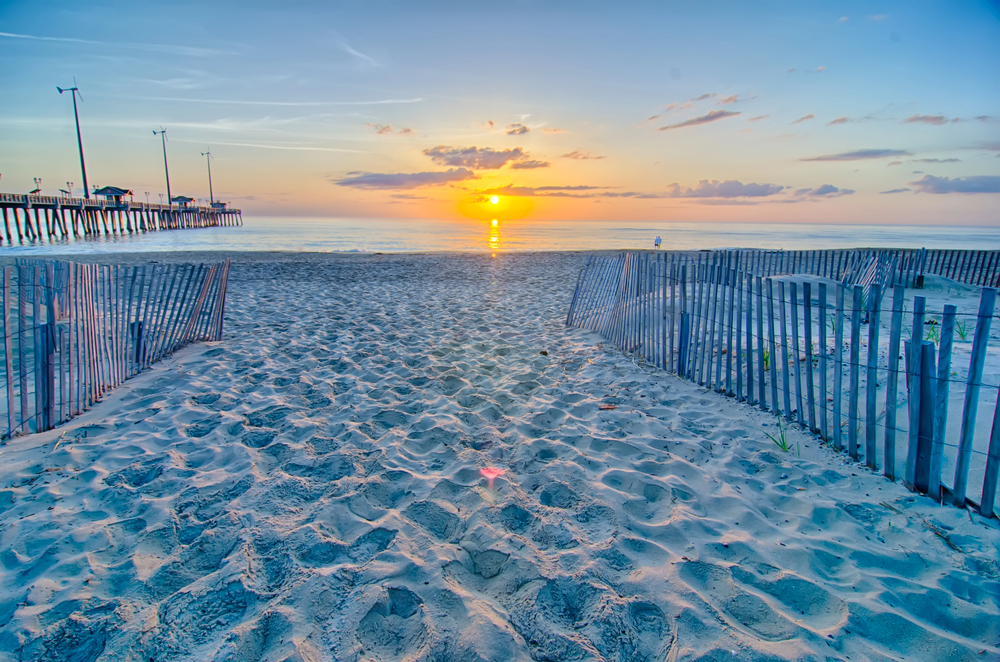
These barrier islands showcase the natural migration of beach systems in response
to rising seas. Communities have implemented various strategies, from beach
nourishment to structure relocation.
The famous Cape Hatteras Lighthouse move demonstrates the possibility of preserving historical structures. Local businesses continue to adapt their operations to changing coastal conditions.
Nuatambu Island, Solomon Islands
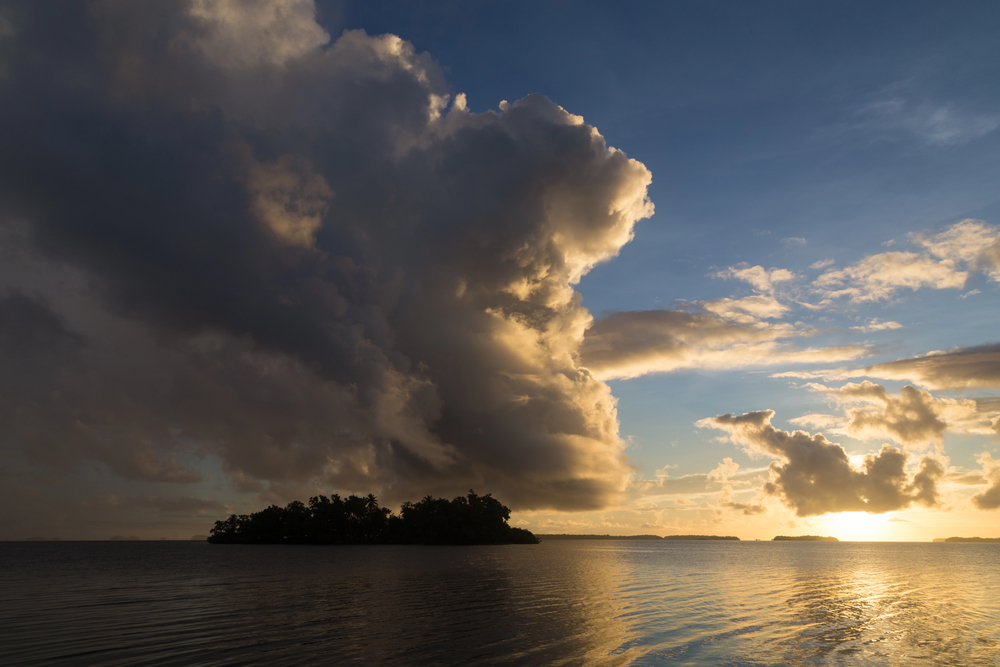
Half of this small island’s habitable area has been lost to rising seas and erosion.
The remaining community demonstrates remarkable adaptability in maintaining
traditional practices.
Local knowledge about reef protection has become increasingly valuable for coastal defense. The island’s experience provides important lessons about maintaining cultural connections to places despite physical changes.
Peveto Beach, Louisiana, USA
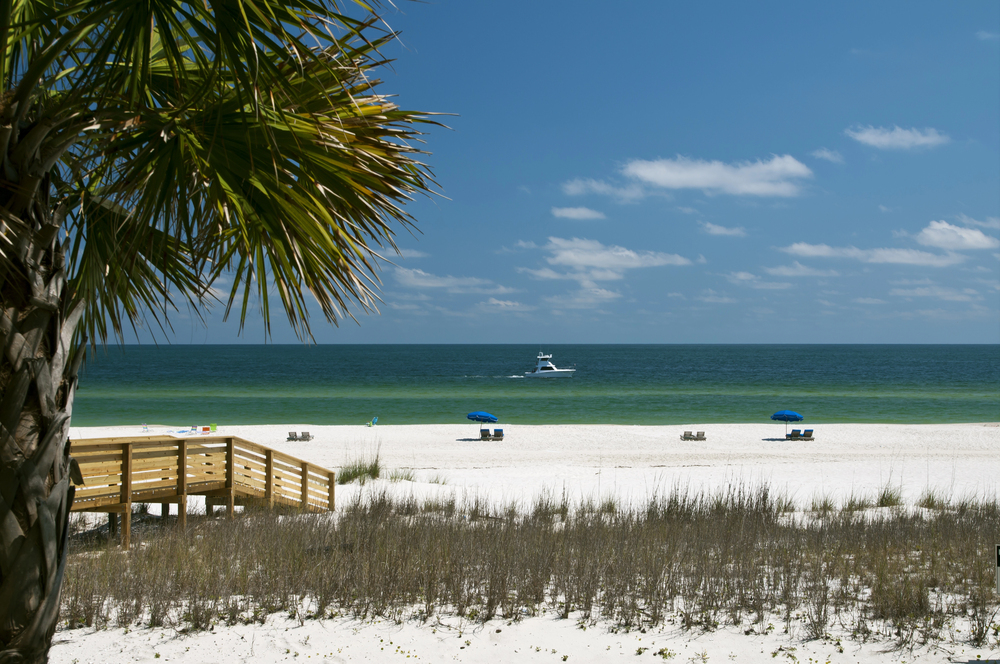
This Gulf Coast beach shows how multiple factors interact with sea level rise to
reshape coastlines. Local communities have developed innovative methods for
maintaining traditional fishing access.
The area serves as an important case study in managing coastal retreats while preserving economic activities. You can observe both the challenges and creative solutions being implemented in this dynamic environment.
Like Travel Pug’s content? Follow us on MSN.
Preserving Our Changing Shores
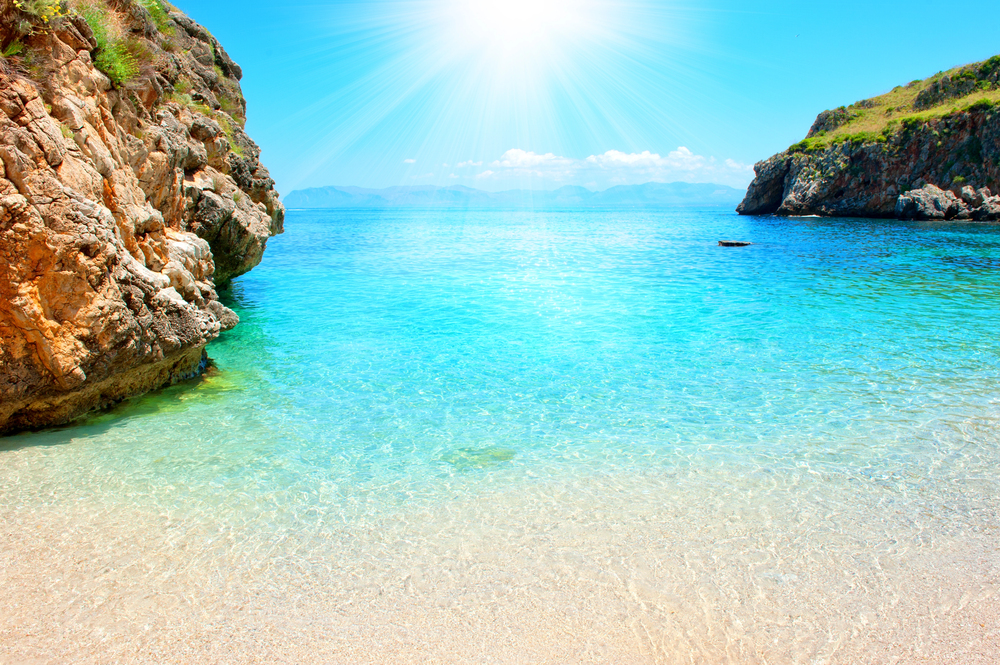
These 20 beaches tell a compelling story about how our coastlines are transforming
in response to rising seas. Their experiences offer valuable lessons about resilience,
adaptation, and the importance of combining traditional knowledge with modern
solutions.
While each location faces unique challenges, they all demonstrate the remarkable capacity of communities to adapt and thrive in changing conditions. As we continue to witness these coastal transformations, the innovative solutions and adaptive strategies developed at these beaches will become increasingly valuable for coastal communities worldwide.
More from Travel Pug

- 15 Dangerous European Cities to Avoid
- 15 Caribbean Islands Where Tourists Keep Getting Scammed
- The 20 Most Fascinating Abandoned Places: A Journey Through Time and Forgotten Spaces
- 15 Hidden Places in the Smithsonian Museums Locals Love: A Guide to Lesser-Known Treasures
- 16 Hidden Florida Beach Towns That Aren’t Overrun with Tourists
Like Travel Pug’s content? Follow us on MSN.
